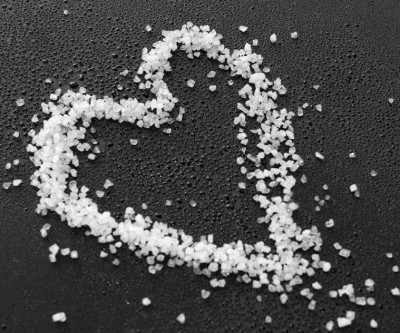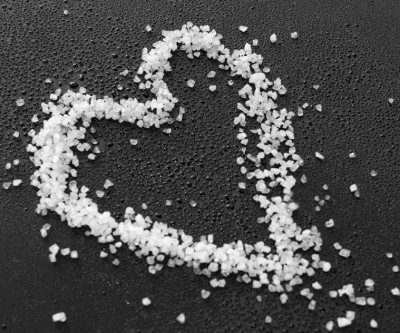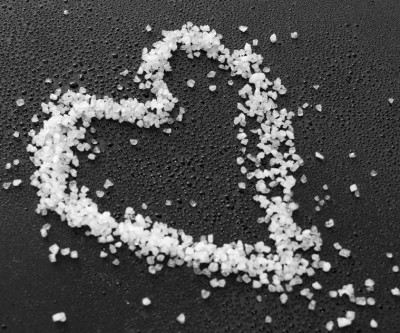CASH recognises bread industry efforts on salt reduction

Consensus Action on Salt & Health (CASH) surveyed the salt content of 294 fresh and packaged loaves from supermarkets and their in-store bakeries as well as chain and independent high street bakeries in the UK.
The report also claims that high street chain bakeries generally sell the saltiest bread and fresh loaves do not have crucial nutritional labelling. The investigation found that an unpackaged bread from leading retailer Sainsbury’s contained over half a gram (0.55g) more salt per 100g than the packaged equivalent (Medium Wholemeal).
CASH notes positive action by industry on reducing salt levels in bread, reporting a cut in salt levels cut by a third in the last 10 years, and some breads being reduced by more than 40 per cent.
“Tesco Value Medium Sliced Wholemeal Bread for example has been reduced by 43 per cent in the last 10 years from 1.75g/100g to 1.0g/100g while Sainsbury's Medium Wholemeal loaf has been reduced by 41 per cent from 1.25g/100g in 2001 to 0.74g/100g in 2011, showing that bigger reductions are easily possible,” finds the report.
UK bread manufacturer representatives, the Federation of Bakers, today said it welcomes the CASH review recognition of industry efforts to meet the salt targets set by the UK’s Foods Standards Agency.
Commenting on the report, Gordon Polson, director of the UK trade body, said “the vast majority of breads singled out in the CASH report as higher in salt are not the mainstream products produced by our members.”
Federation members produce around 80 per cent of bread bought in the UK - a £3bn industry.
Since the introduction of the government targets for foods, the trade body said its members have implemented salt reductions to meet the 2010 target which was set at 0.43g sodium per 100 grammes (equivalent to 1.1g salt per 100g).
“The 2012 target of 0.4g sodium per 100g of bread is technologically challenging as salt plays a major role in dough formation, fermentation rate, flavour and eating properties of bread. However, the majority of bread produced by our members already meets those targets,” added Polson.
Federation members, he remarked, are continuing to endeavour to reduce salt by “contributing to on-going research to establish which other means are available to reduce salt in bread.”
CASH concedes that most packaged breads available in supermarkets have clear labelling on the front of the pack but stresses that as none of the products have a green ‘traffic light’ label, consumers should choose products containing 1 gram or less salt per 100g, or about 0.4g per slice.
Professor Graham MacGregor of the Wolfson Institute of Preventive Medicine and CASH chairman said the UK’s Department of Health needs to ensure that all bread is clearly labelled and that all manufacturers reduce the salt of bread to less than the salt target of 1g/100g
“It is the very high levels of salt that is hidden in everyday food, such as bread, that puts up both adults’ and children’s blood pressure. If all manufacturers cut the salt in their breads by a half, it would reduce our salt intakes by half a gram per day, which is predicted to prevent over 3,000 deaths from strokes and heart attacks a year,”
Dr Susan Jebb, chair of Department of Health’s Responsibility Deal Food Network commented: "It's great to see the cuts in the salt content that some companies have made to our daily bread. Reducing salt intake is vital to decrease the risk of high blood pressure, and the number of people suffering stroke and cardiovascular disease.
I hope these survey findings will urge more companies to commit to the reformulation targets set by the Public Health Responsibility Deal.”























